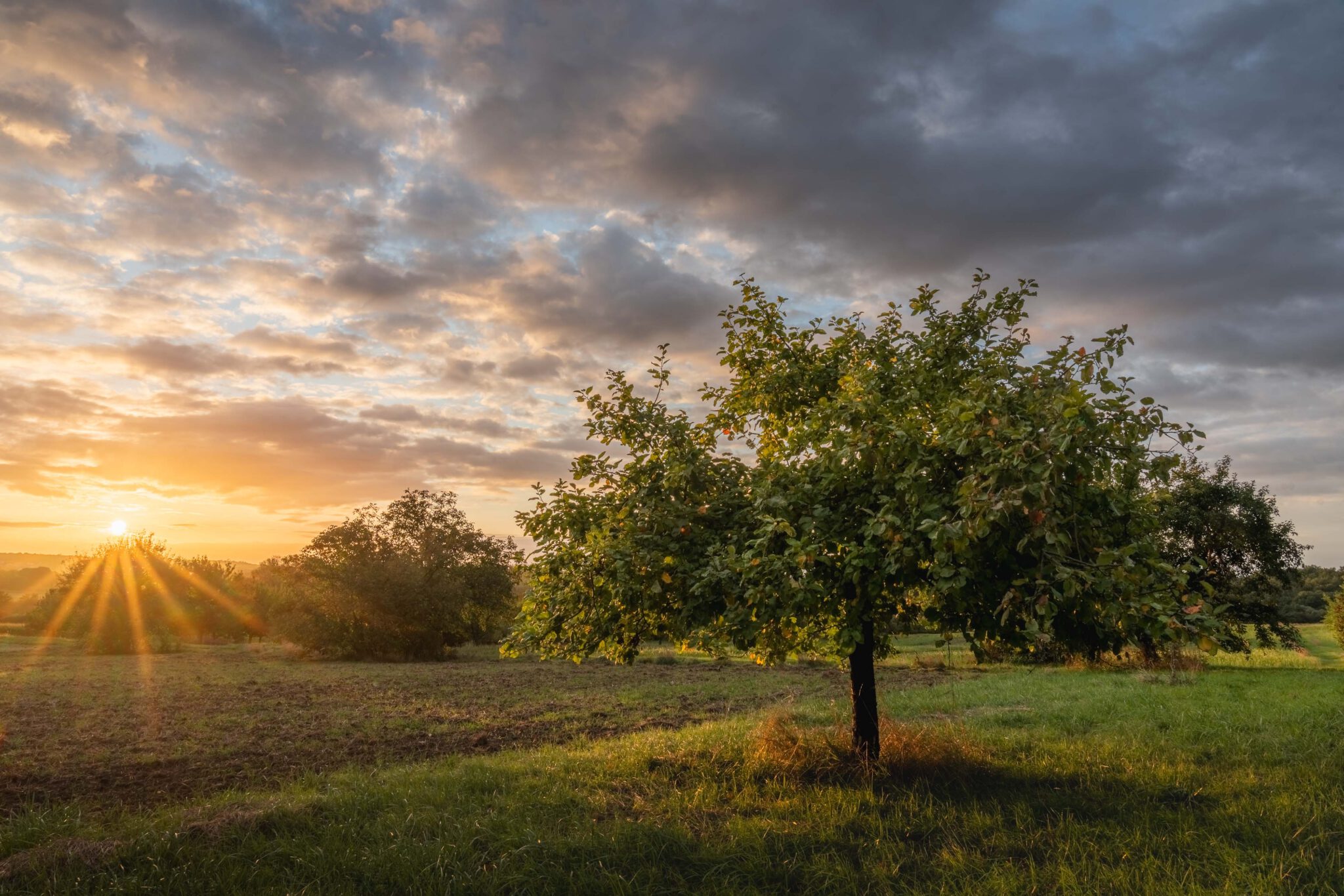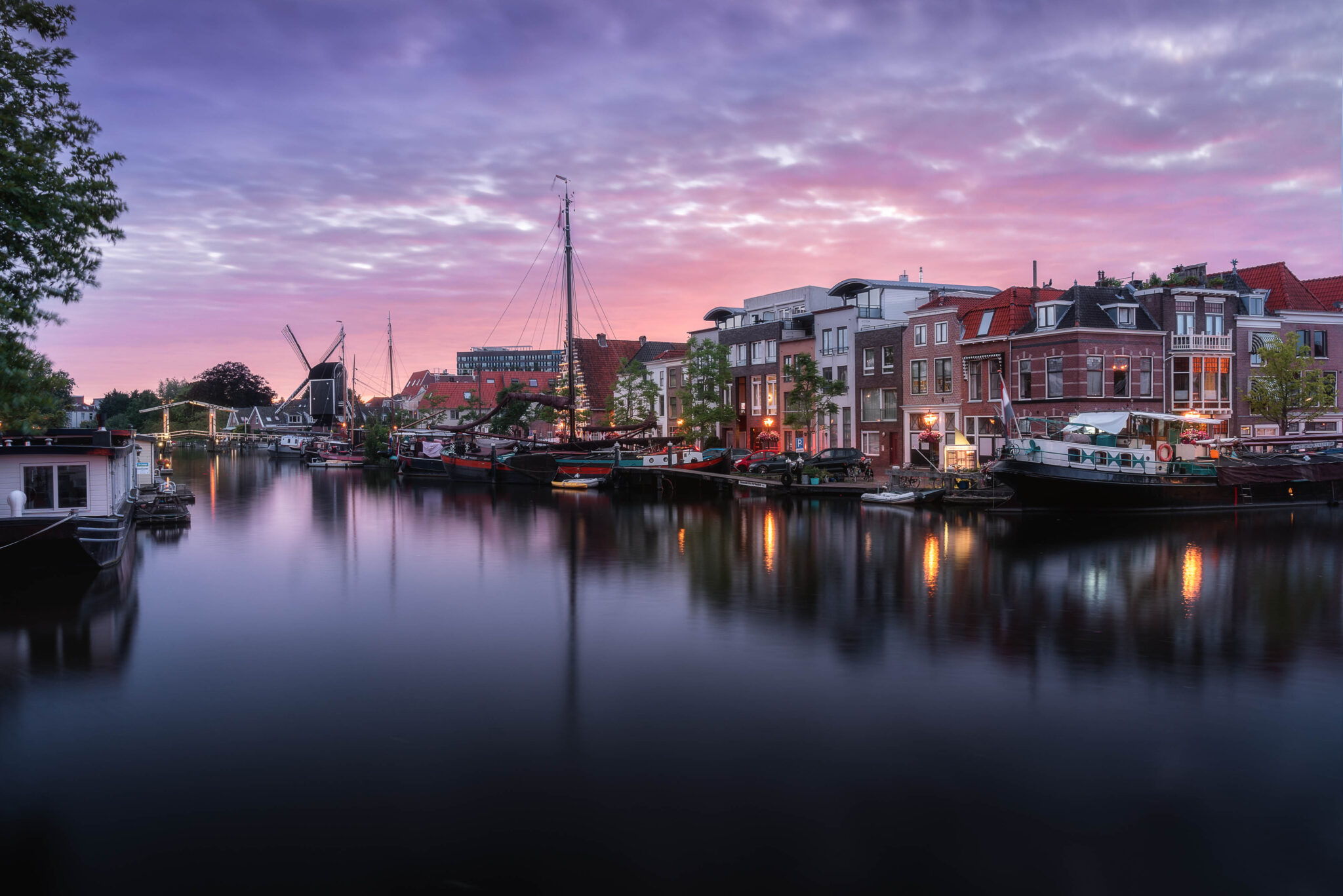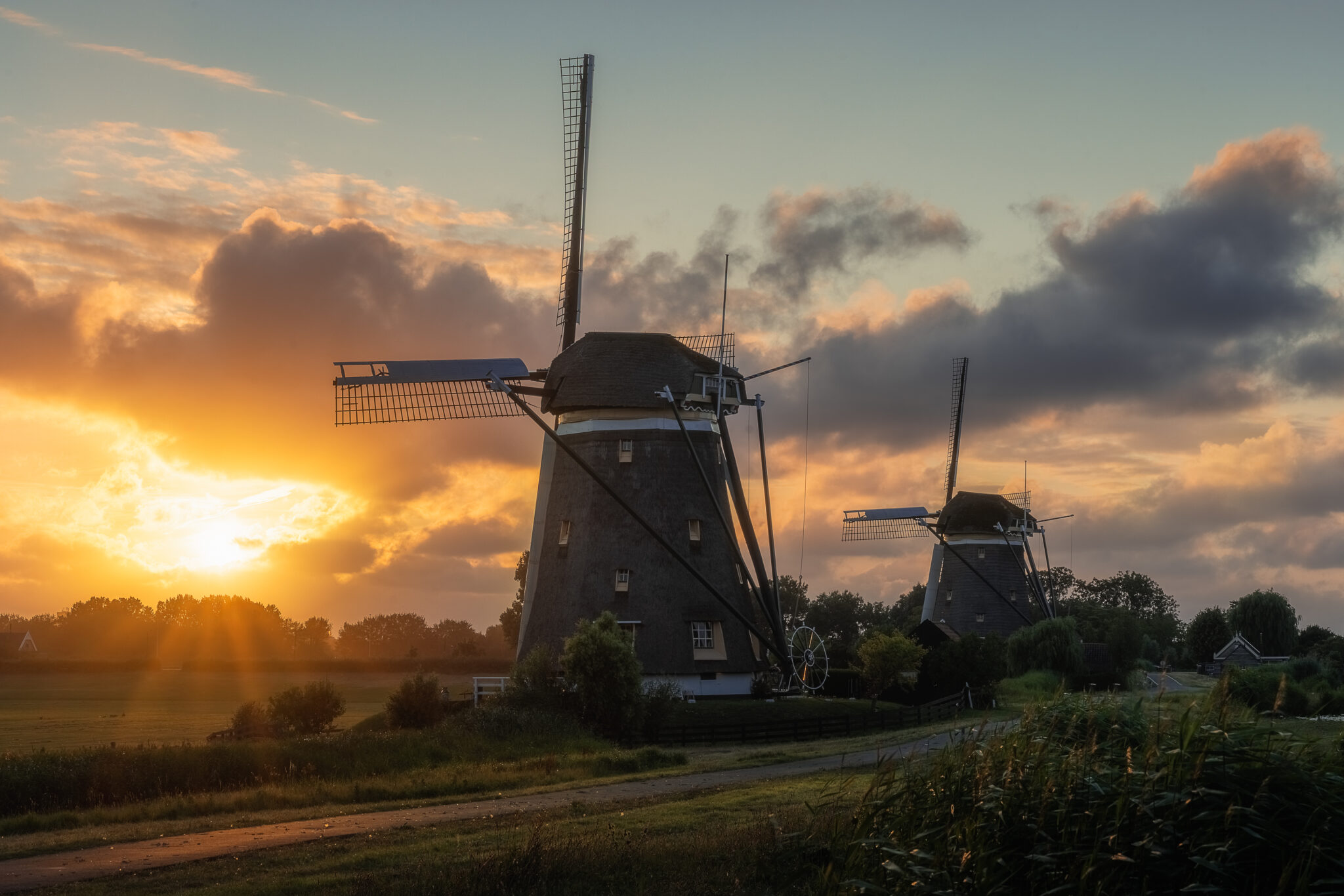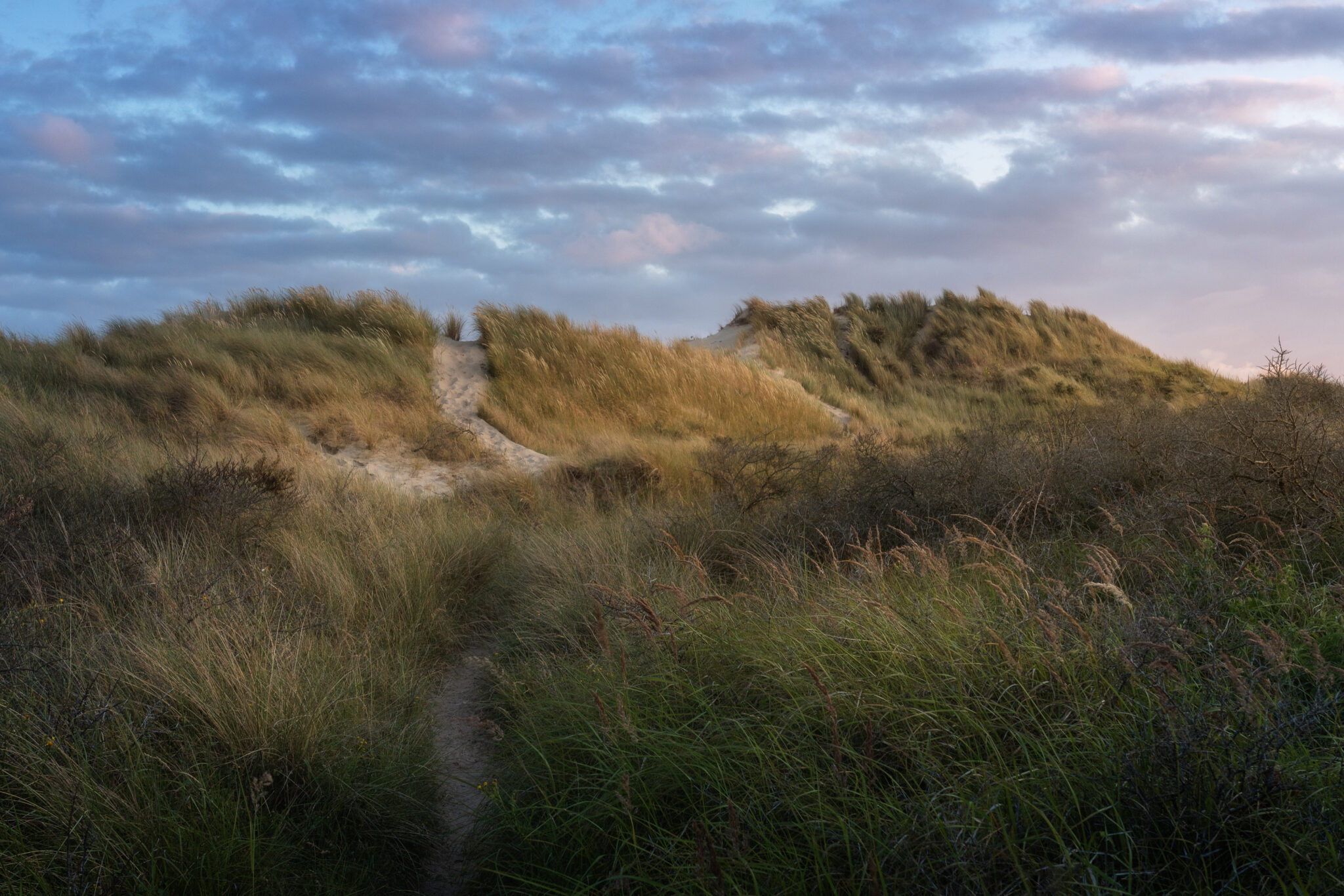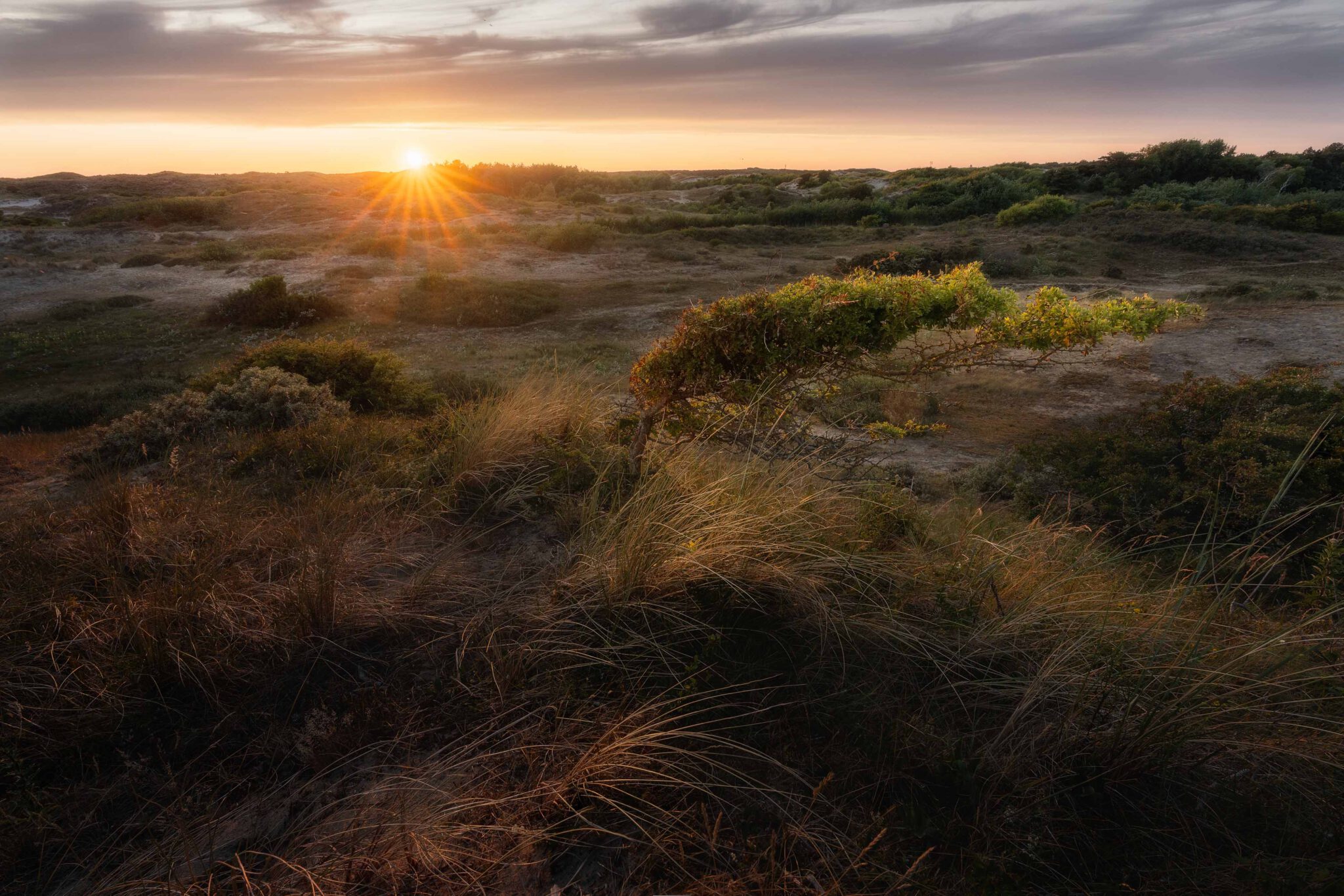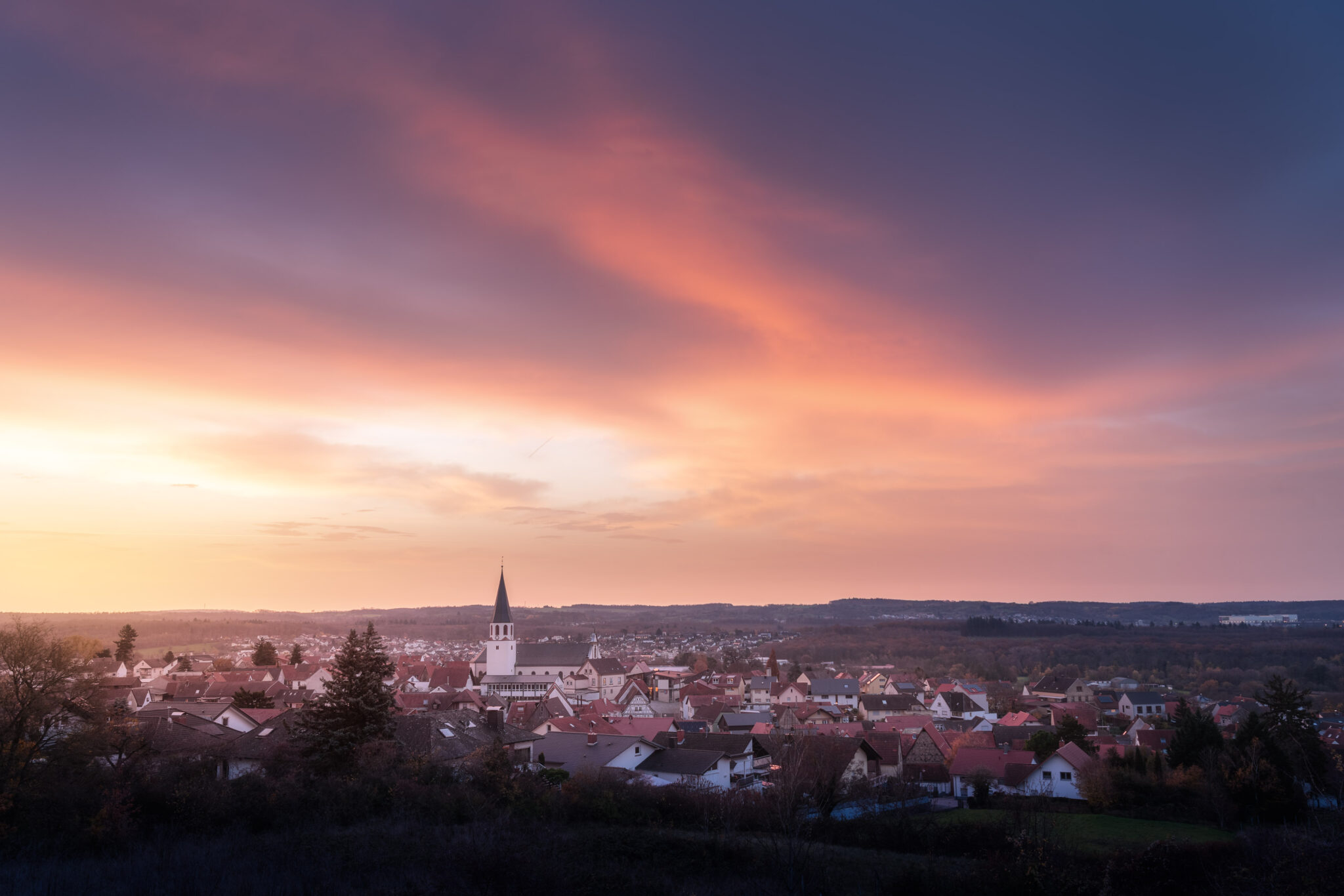
ETTR vs. HDR
Wenn ihr schon das ein oder andere Mal an den Randzeiten des Tages fotografiert habt, dann werdet ihr die Situation sicher kennen. Magisches Licht oder intensive Farben im Himmel. Ihr nehmt ein paar Aufnahmen auf, schaut auf das Display, und denkt, klasse das passt. Zuhause am Rechner seht ihr dann das Dilemma. Ihr habt zu dunkel fotografiert. In den Schatten sumpft das Bild ziemlich ab, wirkt unscharf und noch dazu völlig verrauscht. Und das bei ISO 100, wieso denn das?
In diesem BLOG / VLOG stelle ich euch zwei relativ einfache Aufnahmetechniken vor, die sofort zu besserer Qualität eurer Landschaftsfotografien führen. Einfach deshalb, weil sie relativ schnell umzusetzen sind und leicht zu erlernen sind. Man muss sich eben nur die Zeit nehmen und ein paar kleine Dinge beachten.



